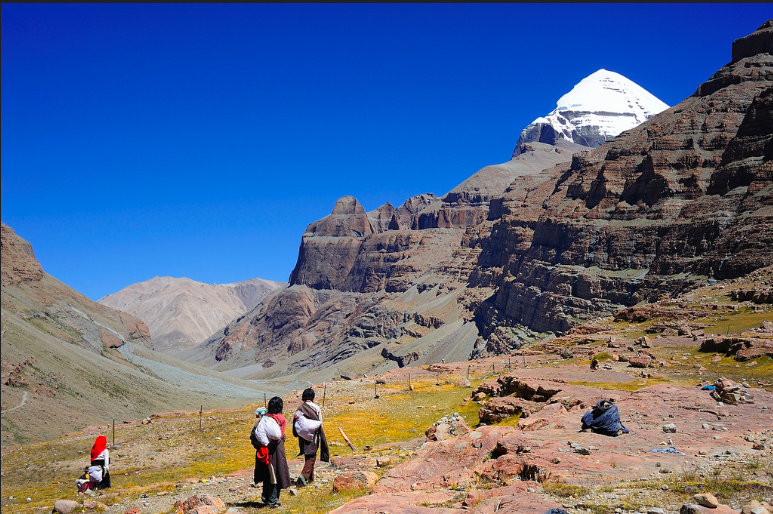
28 Feb travel
The same word 'yatri' in Sanskrit means travel, as we hear in notices at airports and train stations, and at the same time pilgrimage.
Pilgrimage (Tib, nekor, Wyl. Gnas skor), is the visit of holy places, those blessed by great beings during the course of Buddhist history, and those like hidden lands or Beyul. Buddhists regard these acts primarily as an important means of accumulating merit, but also as a “journey beyond the human impulse to control one's experience and an openness to serendipity (experiences that happen randomly, unexpectedly)”
Buddha-inspired tradition
The tradition is inspired by the Buddha himself. As the Mahaparinirvana Sutra explains, when he was about to pass to parinirvana, people around him asked him who would guide people if he exhibited death. He replied that for people in the future to visit the four great holy places (Lumbini, Bodhgaya, Sarnath, Kushinagar with Rajgir, Vaishali, Sankisa, Sravasti form the eight great holy places) would be like knowing him in reality.
Vajrayana Perspective
According to Ian Baker [3] :
For Tibetans, the key to the pilgrimage is daknang, pure vision, the sacred vision that transfigures the environment into a pure realm of enlightened energies. Even the most miserable of circumstances invites a shift in perception. In the Tantric tradition, the ideal of pilgrimage is not simply to visit sacred places, but to facilitate an inner transformation into places that defy conventional ways of seeing. In this sense, the more you destabilize the environment, the better. As Longchenpa insisted:
Go to mountain tops, funeral parlors, islets and fairs…
Places that make the mind waver
And let the body dance, the voice sing
And the mind projects innumerable thoughts:
Fuse them with vision and practice
of spontaneous release
Then everything appears as the Way!
Link with Beyul
In the Tibetan's mind, beyuls like Pemakö have been considered an ideal realm for realizing this inner level of pilgrimage and transforming one's perceptions. Lelung Shyepé Dorje [4] summed it up: 'Leaving our homes behind, we are selfless yogis … As meditative experiences arise spontaneously, we travel joyfully … without hope, doubt or attachment to succeed or not. We don't care about our personal comforts. Nor for the obligatory confinements of monasteries or the knots of mundane existence. Nor do we strive for nirvana. Everywhere is happy for us. We are not afraid to die on the way … nor do we regret it when we have to go back.'
www.rigpawiki.org/index.php?title=Pilgrimage

